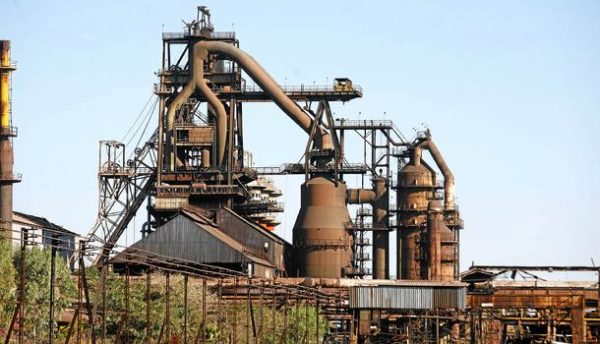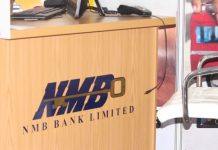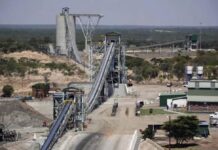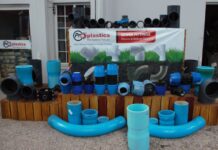Davison Kaiyo
Government has re-opened bids for the Zimbabwe Iron and Steel Company, seeking investors who would be interested in funding the resuscitation of this former iron and steel producing company through debt or equity in the company.
In December last year, Industry and Commerce Minister Dr Sekai Nzenza told state media the, Zimbabwe has provisionally shortlisted seven investors for a majority stake in the company.
“We have done our due diligence on seven potential investors from Germany, China and Australia but we still have some from India making inquiries,” Dr Nzenza was quoted as saying.
The latest move is seen as the continuation of the challenges that dodged the past efforts to resuscitate the steelmaker.
Previous attempts to resuscitate the steel company was characterised by political bickering, issues of the huge ZISCO legacy debt as well as allegation of corruption. ملاكمه
In 2007, a deal with Indian firm, Global Steel Holdings failed to materialise. The same would happen to a deal with Essar Africa Holdings, a unit of India’s Essar Group, which had agreed to invest in ZISCO in 2011 during the era of the inclusive Government, but the deal collapsed in 2015.
Other international companies that once showed interest in ZISCO include ArcelorMittal South Africa, a unit of the world’s biggest steelmaker and R&F from China. بث مباشر بى اوت
The company which is 89% owned by the government is seen as a missing cog in the economic growth and development story as it has major spin-offs to other industries upstream or downstream including supporting the railway sector, the energy sector through its high demand for energy inputs; the mining sector by providing raw materials such as ore and limestone and the manufacturing sector by supplying raw materials.
At its peak, the company was one of the country’s highest foreign currency earners.
In the call for expression published by the company, ZISCO is seeking an investor who is growth oriented to grow the volumes of the business both locally and internationally.
“To what extent does the proposal plan to use existing business opportunities, or create new business opportunities for ZISCO, to what extent the proposal improves ZISCO’s liquidity and balance sheet position,” rea part of the call of expression.
ZISCO stopped production in 2008, because of several operational challenges include power issues, coking coal feedstock supply, blast furnace issues and financing problems.
ZISCO consists of Buchwa Iron Mining Company (Bimco), a 100% wholly owned subsidiary supplying manganiferous iron ore with an installed capacity of 180 000mt/month (it has a resource as at 31st January 2021, of 110 236 401mt measured with a grade of Fe- 53.6%; 1.2 Mn; SiO2 – 8.5%; Loss of Ignition 9.5%) and an indicated resource of 18 292 853mt. Limestone has a measured resource of 36 835 127mt with a grade of 38.3% CaO and 11.2% MgO and an indicated resource of 3 890 000mt as well as some dolomite.
ZISCO also owns a 100% downstream company called Lancashire Steel, for value adding of steel billets to wire and wire products with an installed capacity 4 000mt/month and a 95% yield. With its furnaces having capacity to produce up to one million tonnes annually, the company was among Zimbabwe’s major foreign currency earners.
According to the call of expression, the company is seeking new investors who will bring new technology and new skills which enables skills transfer as well as conform to ZISCO’s technical specifications.
ZISCO started operations in Bulawayo in 1938, having been formed by a private consortium. افضل كازينو اون لاين
In 1942, the Government formed the Rhodesia Iron and Steel Commission, a statutory body that took over the steel works.
In 1946, a small plant was constructed at Redcliff and commenced production in 1948. Between 1948 and 1956, ZISCO gradually expanded and a year later, the Rhodesia Iron and Steel Company was formed followed by an expansion programme, which saw the commissioning of modern blast furnaces and installation of the first coke oven battery.

















